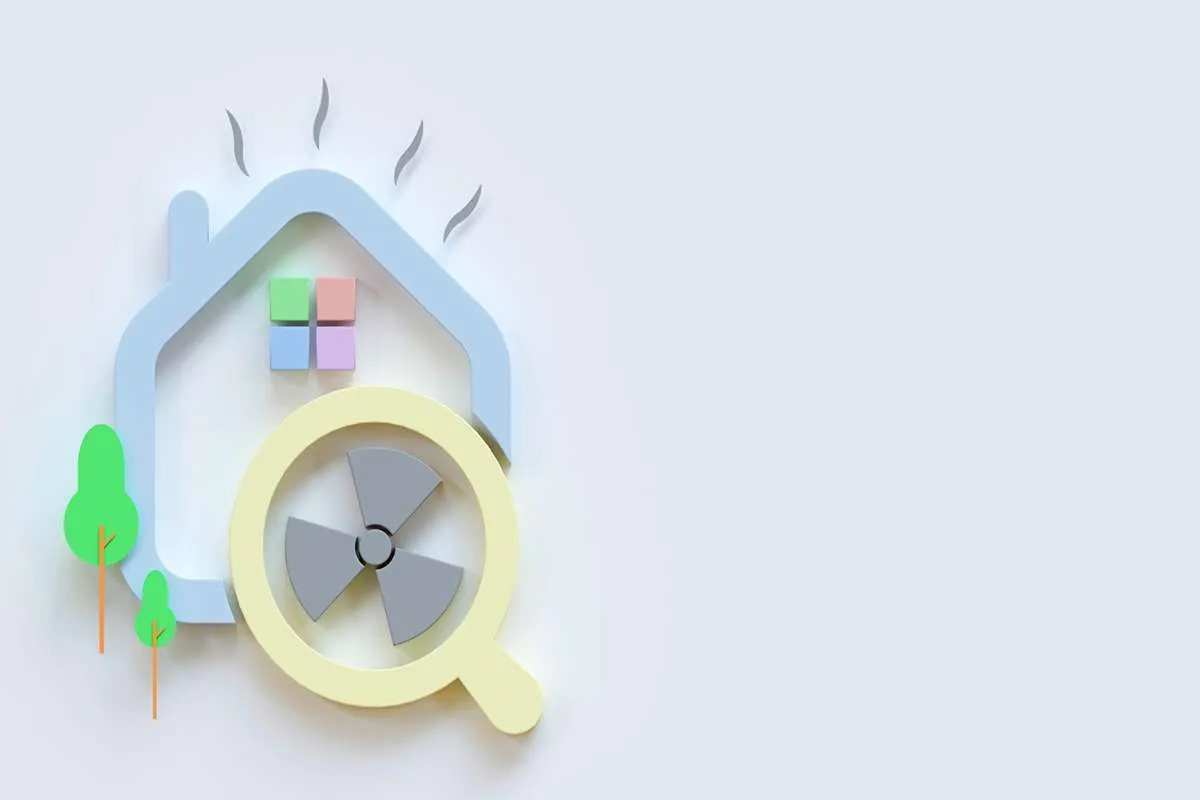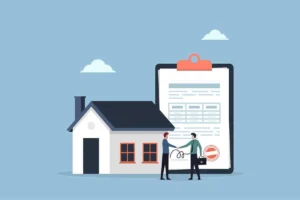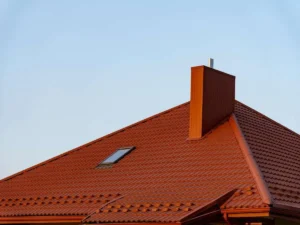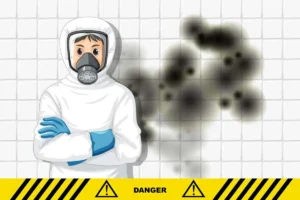
Essential Insights: What Every Homeowner Should Know About Radon
There can be an invisible threat in your home known as radon. You can’t see it, smell it, or taste it, but it could be causing health damage to all residents in your home. Only radon gas testing can help you check if radon is present in your home and what levels of radon are there.
What Exactly is Radon?
Radon is a naturally occurring radioactive gas that comes from the breakdown of uranium in soil, rock, and water. It rises from the ground and can seep into homes through cracks in the foundation, construction joints, and even through the well water. The presence of radon gas varies in different areas.
Why Should You Care About Radon?
Radon is one of the leading causes of lung cancer. Even low levels of radon can pose health risks over time. In the U.S., radon is responsible for 21,000 lung cancer deaths every year, claims the Environmental Protection Agency (EPA). That’s why it is crucial for homeowners to test radon and take necessary actions if there are higher levels of this dangerous gas.
How Does Radon Enter Your Home?
Radon is a radioactive gas that comes from the soil. The places that are most likely to be affected by radon are basements, crawl spaces, and other lowest living areas of the building. It can get there through:
- Cracks in solid floors and walls
- Construction joints
- Gaps in suspended floors
- Spaces around service pipes
- Cavities inside walls
- The water supply from the well
Only an inspection can find the entry point of radon in your home, so you can get it fixed to deal with the problem
How to Do Radon Gas Testing
The best way to know about the radon levels is by getting a professional radon gas test. There are two types of radon tests:
- Short-term tests: take 2 to 90 days to record the reading
- Long-term tests: take more than 90 days and provide a more accurate year-round average.
DIY kits for radon gas testing are available in the market but it is better to let the work done professionally. This way you can also get recommendations to fix the problem that allows radon to enter your home.
What Do Radon Gas Testing Results Mean?
Radon levels are measured in picocuries per liter of air (pCi/L). The EPA recommends taking action if your home’s radon level is 4.0 pCi/L or higher. But even levels between 2.0 and 4.0 pCi/L can pose health risks over time. So, if the radon gas testing reveals that there is a higher level of radon in your home, you need to take preventive steps to reduce your radon levels and make your home a safe place to live.
How To Reduce Radon Levels in Your Home?
If your home has high radon levels, don’t panic; mitigation is possible. Here are some common solutions:
- Sub-slab depressurization: This is the most effective method. A vent pipe and fan system pulls radon from beneath the house and vents it outside.
- Sealing cracks and openings: Helps reduce radon flow, though not a standalone fix.
- Improved ventilation: Increasing airflow can help lower radon concentrations.
Where Infrared Thermography Inspection Comes In?
Infrared thermography inspection uses thermal imaging to detect temperature variations in your home. While they don’t detect radon directly, they can identify poor insulation, hidden cracks in foundations and walls, moisture intrusion, and air leaks.
These issues can create pathways for radon to enter your home. By addressing them, you can not only improve energy efficiency but also reduce the risk of radon infiltration in your home. It is a proactive approach to radon prevention.
Conclusion
Radon might be invisible, but with the right knowledge and tools, it doesn’t have to be a mystery. Whether you’re buying, selling, or staying put, a radon inspection is a small step that can make a big difference. Radon gas testing can help you determine whether your building is safe for you. So, schedule an inspection to know everything about radon in depth.

 Previous Post
Previous Post Next Post
Next Post



